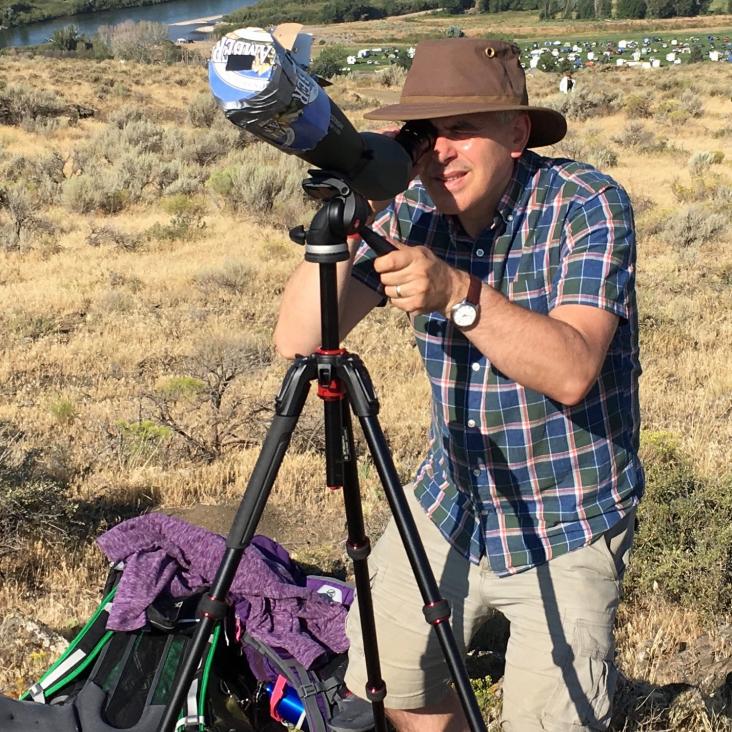The Cosmic Background Imager 2
Monthly Notices of the Royal Astronomical Society Oxford University Press (OUP) 418:4 (2011) 2720-2729
The Cosmic Background Imager 2
Monthly Notices of the Royal Astronomical Society 418:4 (2011) 2720-2729
Abstract:
We describe an upgrade to the Cosmic Background Imager instrument to increase its surface brightness sensitivity at small angular scales. The upgrade consisted of replacing the 13 0.9-m antennas with 1.4-m antennas incorporating a novel combination of design features, which provided excellent sidelobe and spillover performance for low manufacturing cost. Off-the-shelf spun primaries were used, and the secondary mirrors were oversized and shaped relative to a standard Cassegrain in order to provide an optimum compromise between aperture efficiency and low spillover lobes. Low-order distortions in the primary mirrors were compensated for by custom machining of the secondary mirrors. The secondaries were supported on a transparent dielectric foam cone to minimize scattering. The antennas were tested in the complete instrument, and the beam shape and spillover noise contributions were as expected. We demonstrate the performance of the telescope and the intercalibration with the previous system using observations of the Sunyaev-Zel'dovich effect in the cluster Abell 1689. The enhanced instrument has been used to study the cosmic microwave background, the Sunyaev-Zel'dovich effect and diffuse Galactic emission. © 2011 The Authors. Monthly Notices of the Royal Astronomical Society © 2011 RAS.A 2-20 GHz Analog Lag-Correlator for Radio Interferometry
ArXiv e-prints (2011)
A Circularly Symmetric Antenna Design With High Polarization Purity and Low Spillover
ArXiv 1111.2702 (2011)
Abstract:
We describe the development of two circularly symmetric antennas with high polarization purity and low spillover. Both were designed to be used in an all-sky polarization and intensity survey at 5 GHz (the C-Band All-Sky Survey, C-BASS). The survey requirements call for very low levels of cross-polar leakage and far-out sidelobes. Two different existing antennas, with 6.1-m and 7.6-m diameter primaries, were adapted by replacing the feed and secondary optics, resulting in identical beam performances of 0.73deg FWHM, cross-polarization better than -50 dB, and far-out sidelobes below -70 dB. The polarization purity was realized by using a symmetric low-loss dielectric foam support structure for the secondary mirror, avoiding the need for secondary support struts. Ground spill-over was largely reduced by using absorbing baffles around the primary and secondary mirrors, and by the use of a low-sidelobe profiled corrugated feedhorn. The 6.1-m antenna and receiver have been completed and test results show that the optics meet their design goals.First season quiet observations: Measurements of cosmic microwave background polarization power spectra at 43 GHz in the multipole range 25 ≤ ℓ ≤ 475
Astrophysical Journal 741:2 (2011)


